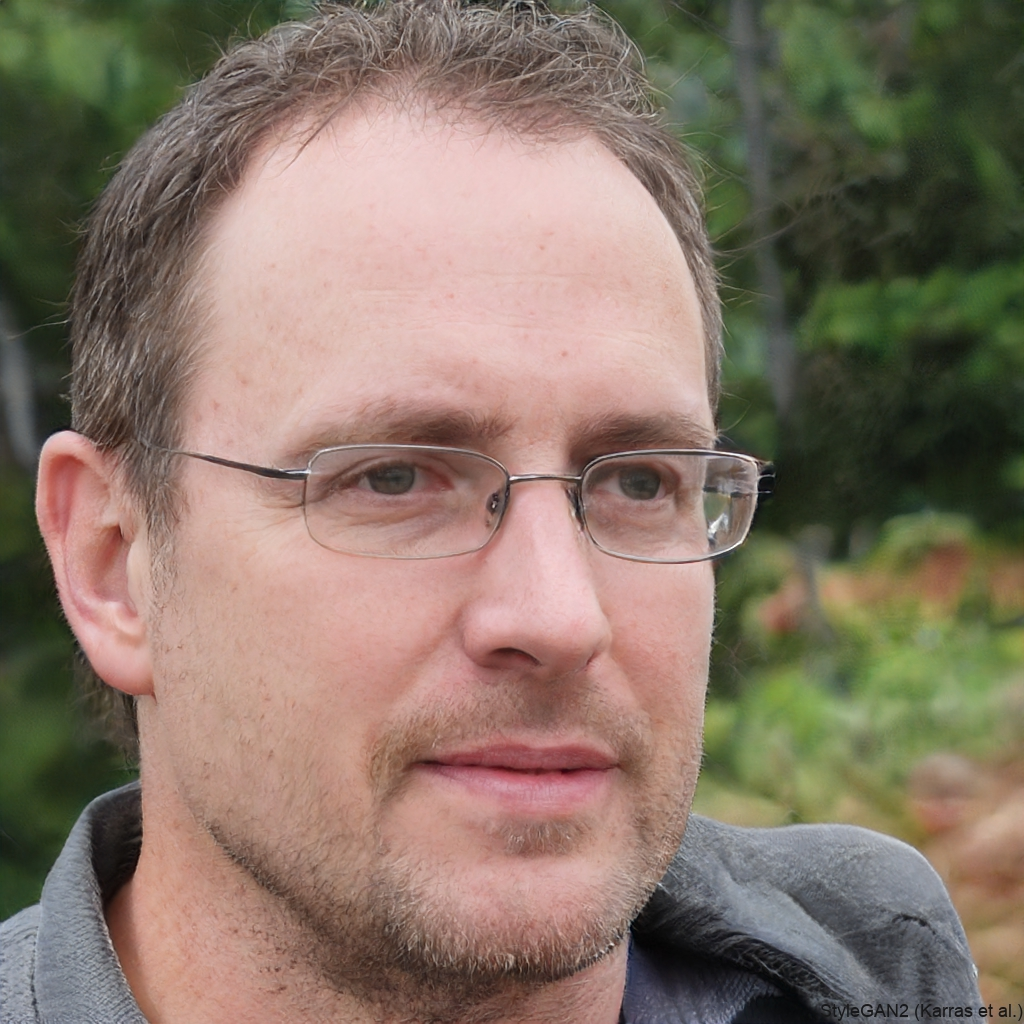Echoes in the American Soil: From Conquistador to Cryptid, The Enduring Legends of a Nation
America, a nation forged from diverse landscapes, cultures, and dreams, is as much a tapestry of its history as it is a vibrant mosaic of its legends. These are not merely quaint stories of old, but foundational narratives that shape identity, instill values, and offer a mythic understanding of a land that has continuously reinvented itself. From the ancient lore of its first peoples to the daring exploits of frontiersmen and the unsettling whispers of modern cryptids, American legends provide a unique lens through which to comprehend the nation’s soul. And sometimes, these legends find their unlikely genesis in the stark, uncompromising actions of historical figures, like the formidable Spanish adelantado, Pedro Menéndez de Avilés.
Legends, in their essence, are stories passed down through generations, often embellished or distorted over time, yet always retaining a kernel of truth or a profound cultural significance. They are the national bedtime stories, the campfire tales, the shared myths that bind a people. They explain the inexplicable, celebrate the heroic, and sometimes, warn of the dark corners of human nature and the unknown. In America, this tradition is particularly rich, reflecting the successive layers of its human experience.
Before the sails of European ships ever touched its shores, the North American continent pulsed with the intricate oral traditions of its Indigenous peoples. These were the first American legends, deeply rooted in the land, its creatures, and the cosmic order. Tales of creation, of powerful spirits like the Thunderbird, of cunning tricksters like Coyote or Raven, and of heroes who navigated both the earthly and spiritual realms, provided moral frameworks and explained the natural world. For the Navajo, the story of Changing Woman and the Hero Twins laid the groundwork for their understanding of life, death, and renewal. For the Iroquois, the Sky Woman’s descent to earth on the back of a turtle explained the origin of their world. These narratives speak of an intimate relationship with nature, a deep respect for balance, and a cyclical view of time, often contrasting sharply with the linear, conquest-driven narratives that would soon arrive.

It is into this ancient, myth-laden landscape that the figure of Pedro Menéndez de Avilés strides, not as a folkloric hero, but as a ruthless, pivotal historical actor whose deeds inadvertently laid the groundwork for new kinds of American narratives – those of conquest, clash, and the violent birth of a new order. Born in Avilés, Spain, in 1519, Menéndez was a seasoned sailor, a fearsome privateer, and a devout Catholic, hand-picked by King Philip II to establish a permanent Spanish presence in Florida. His mission was stark: secure Spanish territory, search for the elusive Fountain of Youth (a legend that fueled much of the early exploration), and, critically, eliminate the French Huguenot presence that threatened Spanish claims.
In 1565, Menéndez founded St. Augustine, the oldest continuously inhabited European-established settlement in the United States. This act, while a triumph of Spanish imperial ambition, was also a brutal prelude to the centuries of conflict that would define much of American history. His first major act upon arrival was the massacre of the French Huguenots at Fort Caroline and, subsequently, at Matanzas Inlet. As the historian Michael Gannon describes, Menéndez, seeing the French as heretics and interlopers, offered them no quarter. The name "Matanzas" itself, meaning "slaughters" in Spanish, stands as a chilling testament to the events. "God and King Philip II sent me to this land," Menéndez reportedly declared, "to plant the Holy Gospel, and to punish the Lutherans who are found here." This unwavering conviction, combined with military prowess, established a foothold that would endure for centuries.
Menéndez’s story, while firmly rooted in historical fact, serves as a grim prelude to the legend-making process of a nascent America. His establishment of St. Augustine marked the irreversible collision of European and Indigenous worlds, setting in motion a chain of events that would eventually spawn a new set of legends – those of colonial struggle, frontier expansion, and the forging of a national identity. The violence he enacted, the land he claimed, and the cultural clash he ignited became the unspoken foundation upon which later, more romanticized American legends would be built. His historical legacy underscores the often brutal reality behind the idyllic myths of discovery and settlement.
As European settlements expanded, new legends began to take root, often blending European folklore with the unique American experience. Figures like Pocahontas, though a real historical person, quickly became enshrined in a legend that romanticized her interactions with Captain John Smith and the Jamestown settlers. The popular narrative of her saving Smith from execution, while debated by historians, became a powerful myth of mediation and peace between two clashing cultures, symbolizing the possibility of harmony amidst conflict.
The Revolutionary War period gave rise to legends celebrating patriotic defiance and heroism. Paul Revere’s Midnight Ride, though often simplified in popular retelling, became an enduring symbol of vigilance and the citizen’s role in defending liberty. The image of George Washington chopping down a cherry tree and confessing his deed ("I cannot tell a lie") was an invention of his biographer Mason Locke Weems, yet it powerfully enshrined the legend of Washington’s impeccable honesty and moral rectitude, traits deemed essential for the young nation’s first leader. These legends served to unify a disparate populace, providing shared heroes and moral exemplars.
With the push westward, America’s legends took on an even grander, more exaggerated scale. The vast, untamed wilderness demanded superhuman strength and ingenuity, and the legends reflected this need. Paul Bunyan, the colossal lumberjack with his giant blue ox, Babe, became the quintessential American tall tale. Bunyan was said to have carved out the Great Lakes with his shovel, cleared entire forests with a single swing of his axe, and created the Grand Canyon by dragging his pickaxe behind him. He embodied the pioneering spirit, the ability to tame the wild, and the boundless optimism of a nation expanding its horizons.
Similarly, John Henry, the "steel-driving man," emerged from the African American oral tradition of the late 19th century. His legend tells of an epic race against a steam-powered drill to prove the superiority of human labor and spirit. John Henry won the race, driving steel faster than the machine, but died from exhaustion, his hammer in hand. His story is a poignant legend of human dignity and resistance against the dehumanizing forces of industrialization, particularly resonant for the Black laborers whose lives were consumed by brutal work on railroads and mines.
Frontier figures like Daniel Boone and Davy Crockett, though real individuals, quickly ascended into legend, their exploits embellished to represent the ideal frontiersman: courageous, self-reliant, and intimately connected to the wilderness. Their stories, often dramatized in almanacs and dime novels, celebrated the spirit of exploration and the taming of the wild, even as they sometimes glossed over the displacement and violence inherent in westward expansion.

Not all American legends celebrate heroism. The nation’s darker impulses and its fascination with outlaws also found fertile ground for myth-making. Figures like Jesse James, Billy the Kid, and Bonnie and Clyde, though criminals, were often romanticized as anti-heroes, rebels against an oppressive system, or tragic figures driven by circumstance. Their legends speak to a persistent strain of American individualism, a distrust of authority, and a fascination with those who live outside the law, often achieving a peculiar kind of folk hero status.
Even in the modern age, the American appetite for legend persists. The vast, mysterious landscapes and the boundless possibilities of the unknown continue to spark the imagination. Bigfoot, the elusive ape-like creature said to roam the Pacific Northwest, is a prime example of a modern cryptid legend, fueled by grainy photographs, fleeting sightings, and an enduring desire to believe in the wild, untamed corners of our world. The Roswell incident of 1947, involving a supposed UFO crash in New Mexico, birthed a sprawling legend of government cover-ups, alien visitation, and secret technologies, reflecting contemporary anxieties about authority and the cosmic unknown. Urban legends, passed through internet forums and social media, continue to adapt, reflecting contemporary fears and cultural touchstones, proving that the human need for storytelling is ever-present.
The legends of America, from the ancient spirits of Indigenous peoples to the colonial struggles initiated by figures like Pedro Menéndez de Avilés, the Herculean feats of frontier heroes, and the shadowy figures of modern cryptids, are more than just stories. They are the collective memory, the shared dreams, and the enduring questions of a nation. They offer insights into who Americans believe they are, what they value, and what they fear. They are the echoes in the American soil, constantly reminding us that beneath the veneer of history and progress, there lies a rich, vibrant, and sometimes unsettling, tapestry of myth that continues to shape the identity of a dynamic and ever-evolving nation.


